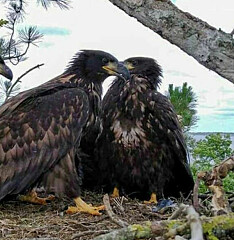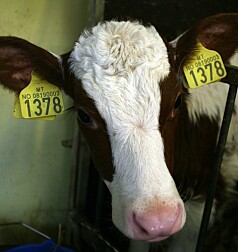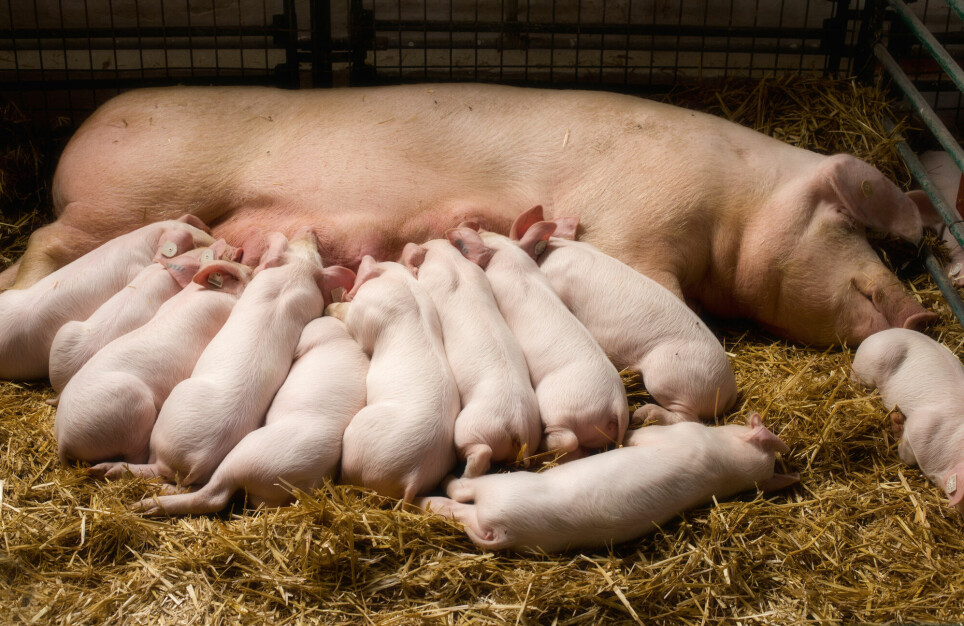
Trying to make assisted fertilization work for pigs
Researchers want to put Norway on the pig embryo map. Animal rights activists are critical.
A research group at the Norwegian company Norsvin will study better methods for fertilizing pigs in the laboratory and transporting frozen embryos to sows in Norway and abroad. This is a major step forward, the company says.
Animal rights activists do not agree.
Norsvin is owned by Norwegian pig producers. The company works with business policy, breeding and research.
Reina Jochems and her colleagues will conduct research on pig embryos that are five to six days old. An embryo is a foetus in the earliest phase of pregnancy. They have received NOK 6.3 million for this work.
“We will investigate methods to freeze these clumps of cells quickly,” Jochems said to sciencenorway.no. Last year, she completed her PhD on methods for creating embryos in the laboratory.
New pigs from the laboratory
There are three ways to fertilize a female pig.
One is the old-fashioned way: mating between a male and a sow. This rarely happens in Norwegian agriculture today.
The second is artificial insemination, which is the most common. Here, the farmer inseminates his sows with semen from one of 300 boars at Norsvin's semen station in Hamar.
The third way is assisted fertilization, which is what Reina Jochems is studying.
Assisted fertilization takes place in the same way for cows and pigs as it does for humans.
Eggs are retrieved from the female animal. The eggs are mixed with sperm in a bowl in the laboratory. If it succeeds, the eggs become little proto-piglets. The embryos can be inserted into the female animal immediately or frozen.
Another variant is to retrieve embryos from fertilized sows.
The embryos are then transported to pig barns in Norway or abroad. There they are implanted into other sows.
Difficult pig anatomy
“When we do the fertilization in the lab, we can use younger sows that can produce more embryos. This is of interest in breeding. The use of embryo technology provides new opportunities for Norsvin to export its genetic products internationally,” Jochems said.
Assisted fertilization in pigs presents several problems, however.
One challenge is their body. The anatomy of pigs is special.
Female pigs have uterine horns. In humans, the fallopian tubes exit directly into the uterus. Pigs, on the other hand, have long, curly horns that lie between the fallopian tubes and the uterus. The horns contain up to 15 pig embryos in a row.
“It’s a challenge to remove embryos from pigs. It's difficult to get to the top,” Jochems said.
Another problem is transporting the embryos from the laboratory to the pig barn. This is where freezing comes in.
Less damage with rapid freezing
“The embryos only last for 24 hours without freezing. The shelf life increases when we freeze them before they are transported,” Jochems said.
But it’s not easy to freeze embryos. The risk of damage to the embryos is particularly high in pigs. Jochems hopes that rapid freezing will prevent this.
“We have four years to try different methods,” she said.
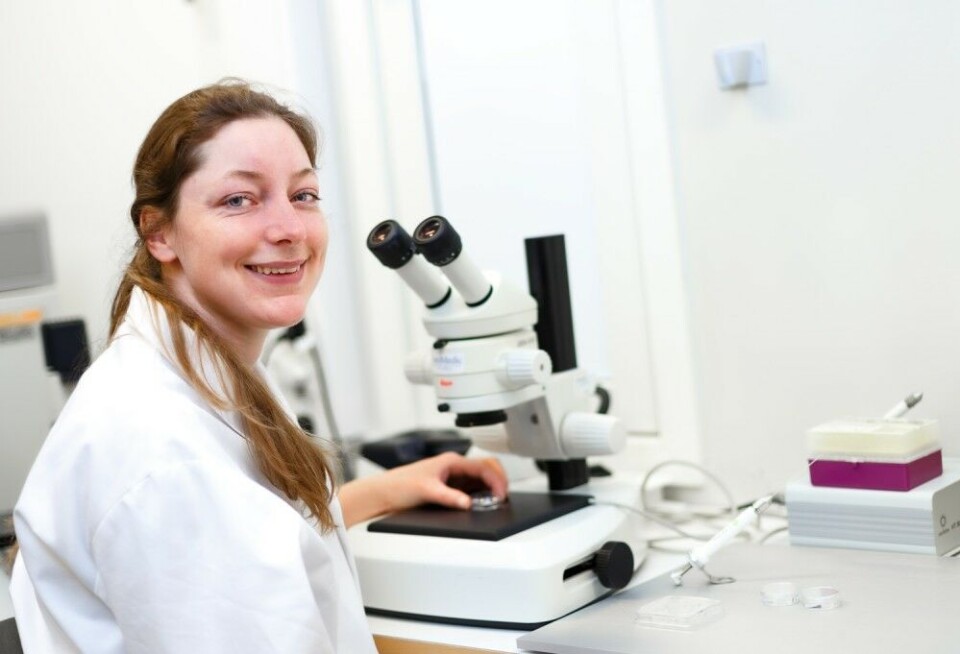
The researchers at Norsvin are collaborating with researchers from the Norwegian University of Life Sciences (NMBU), the Inland Norway University of Applied Sciences and Wageningen University in the Netherlands. Soon they will be traveling to an embryo congress. There they will hear about research on various animal species. They have also visited a clinic for assisted human fertilization.
“Seeing how they perform this procedure on women and other animal species gives us insight into their experiences. It can give us new ideas for how we can do it on pigs,” Jochems said.
Her goal is to get Norway on the embryo map.
Norwegian pigs are attractive
“Spain has already been researching embryo technology for 30 years, but it is still not used in breeding because of all the challenges. In Norway, we started research on this just five years ago. That is why it is important to build up expertise in this country,” Jochems said.
The group received funding for the project through a research fee on agricultural products and through the government’s agricultural agreement.
Norwegian pigs are attractive internationally, according to Jochems.
Norwegian pigs are given fewer antibiotics than in any other country in Europe, which means there isn’t much antibiotic resistant bacteria in the animals, according to Norsvin.
There are also a number of diseases that Norwegian pigs don’t have, such as contagious piglet diarrhoea, contagious pig cough, swine flu, foot-and-mouth disease and swine fever.
Nevertheless, Norwegian pigs have some diseases, but their health has improved over the past 20 years through breeding and prevention. Now there are fewer sores and joint problems. More piglets survive. And Norwegian pigs use feed efficiently, according to Norsvin.
35,000 doses of semen
Last year, Norsvin exported 1,200 live pigs and 35,000 doses of semen abroad, mainly to Europe, the USA and South America.
That’s not much compared to the Dutch company, Topigs, which Norsvin merged with in 2014. They sell 9 million doses of semen a year.
If the researchers manage to find good methods for freezing, assisted fertilization will be used in breeding in Norway. In addition, Norsvin wants to offer genetic material, meaning the frozen embryos, in new markets abroad, they wrote in a press release.
“If we can manage to remove several embryos at a time and from younger sows, that is genetic progress,” Jochems said to sciencenorway.no.
The aim is to breed pigs that are healthier, more fertile, more profitable and that taste better.
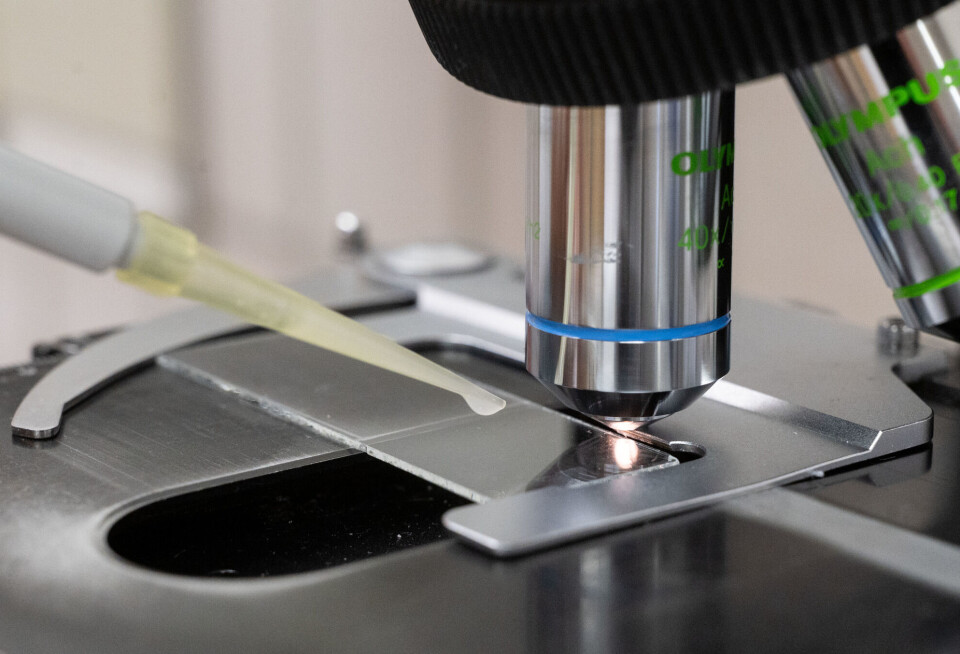
Good for the climate and animal welfare
Jochems says that the extraction and transport of embryos from pigs is important to increase biosecurity.
“When we send embryos instead of live pigs, we reduce the risk of infection. We see that this may become a demand from international customers. In addition, we can introduce new genes into pig herds that are already free of various diseases. This is particularly relevant in Norway,” she said.
It is also good for the climate and animal welfare, according to Jochems.
“Transport of live animals has a larger climate footprint, and it costs more than transport of frozen embryos,” she said. “This will also reduce the transport of live animals. It is good for animal welfare.”
Not everyone agrees.
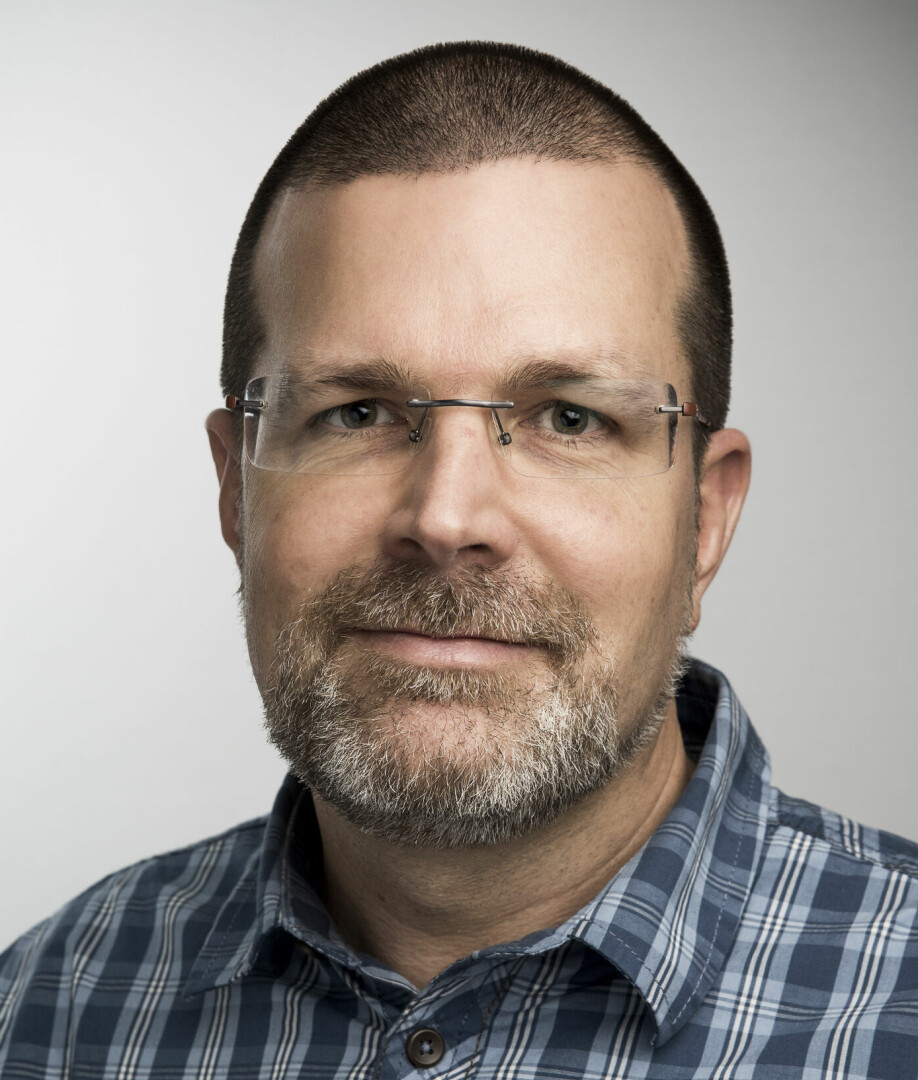
Negative for the animals
“The Animal Protection Alliance is not convinced that embryo transfer is an improvement in animal welfare for the pig overall,” zoologist and general manager Anton Krag wrote in an email to sciencenorway.no.
He believes the technology is more about reduced costs and increased control.
“Embryo transfer can reduce the need for animal transport, but at the same time the interventions included in the practice can be a significant negative burden for the animals,” Krag said.
According to the Animal Welfare Alliance, embryo transfer most often involves hormone treatment, invasive removal of the eggs from the donor female, sperm collection from the male animal and finally artificial implantation of embryos into the recipient female.
“There is still little knowledge about embryo transfer in pigs. We will ask the Council for Animal Ethics to consider the topic. The council has previously considered embryo transfer in smaller animals like sheep and goats as well as cattle, highlighted several unfortunate aspects of animal welfare, and reached different conclusions about whether the practice is ethically justifiable from an animal perspective,” Krag said.
“We do not use new techniques if they put a negative burden on the animals,” Jochems responded.
She says that the embryo transfer takes place without surgery. They transfer the embryos with a catheter without anaesthesia while the sows are standing and eating. Animal welfare is important to Norsvin, according to the researcher. Therefore, they take cortisol samples to measure stress in the animals.
“We also check whether there are other negative charges. All this takes place under the supervision of the Norwegian Food Safety Authority,” Jochems said.
Translated by Nancy Bazilchuk
———
Read the Norwegian version of this article at forskning.no











